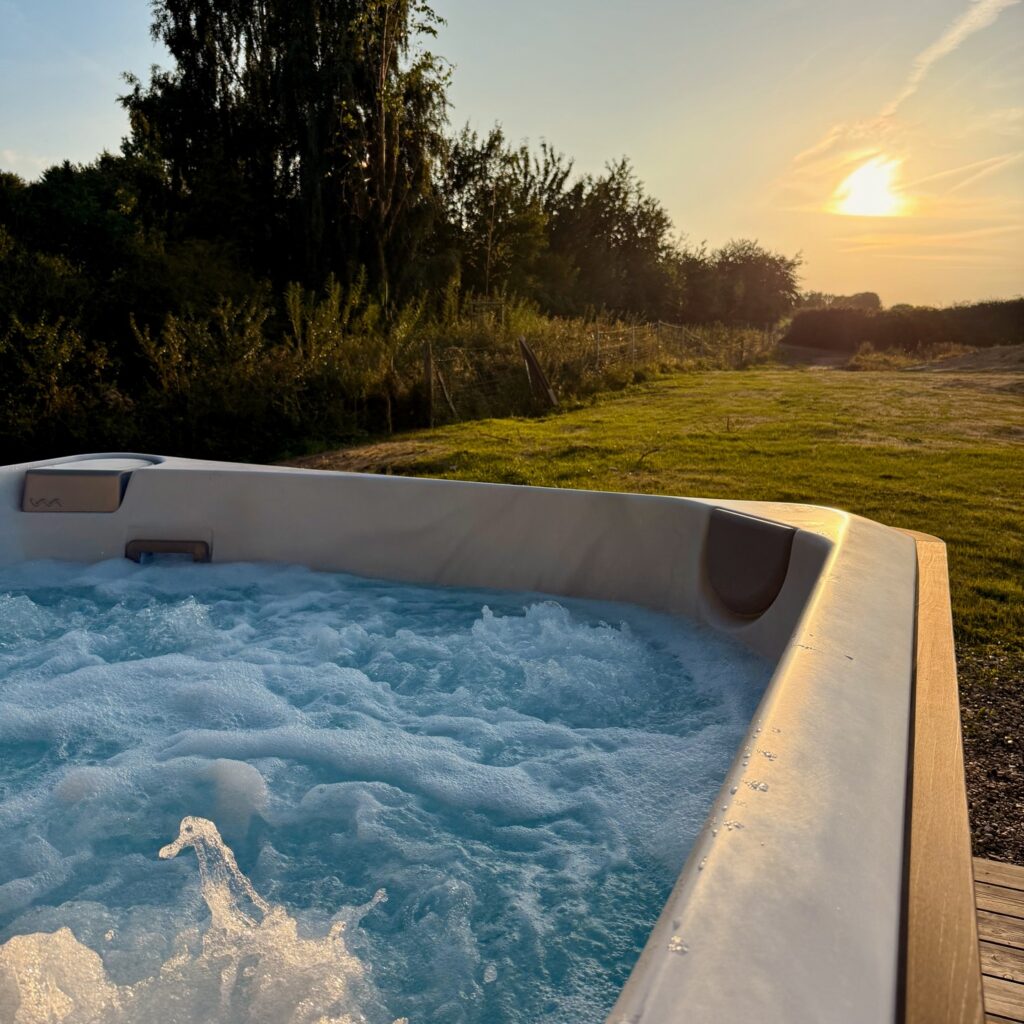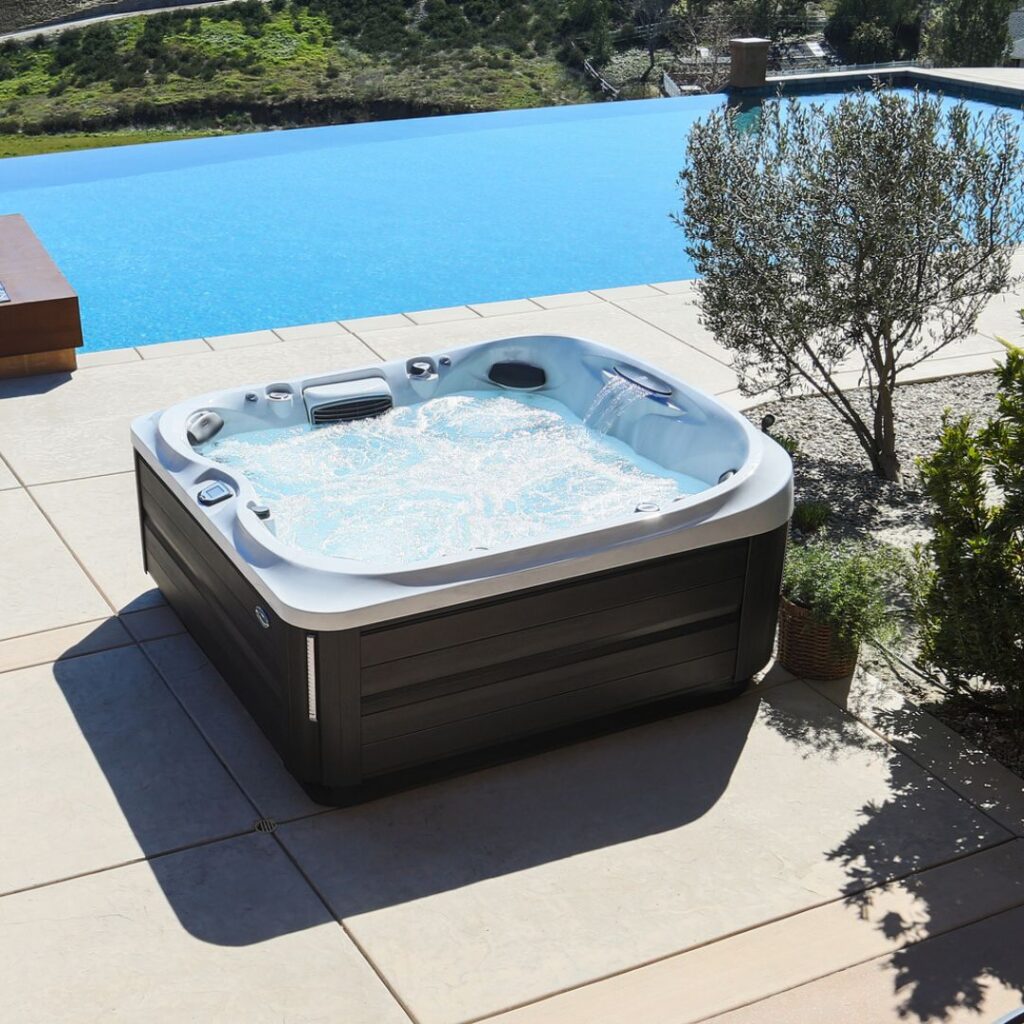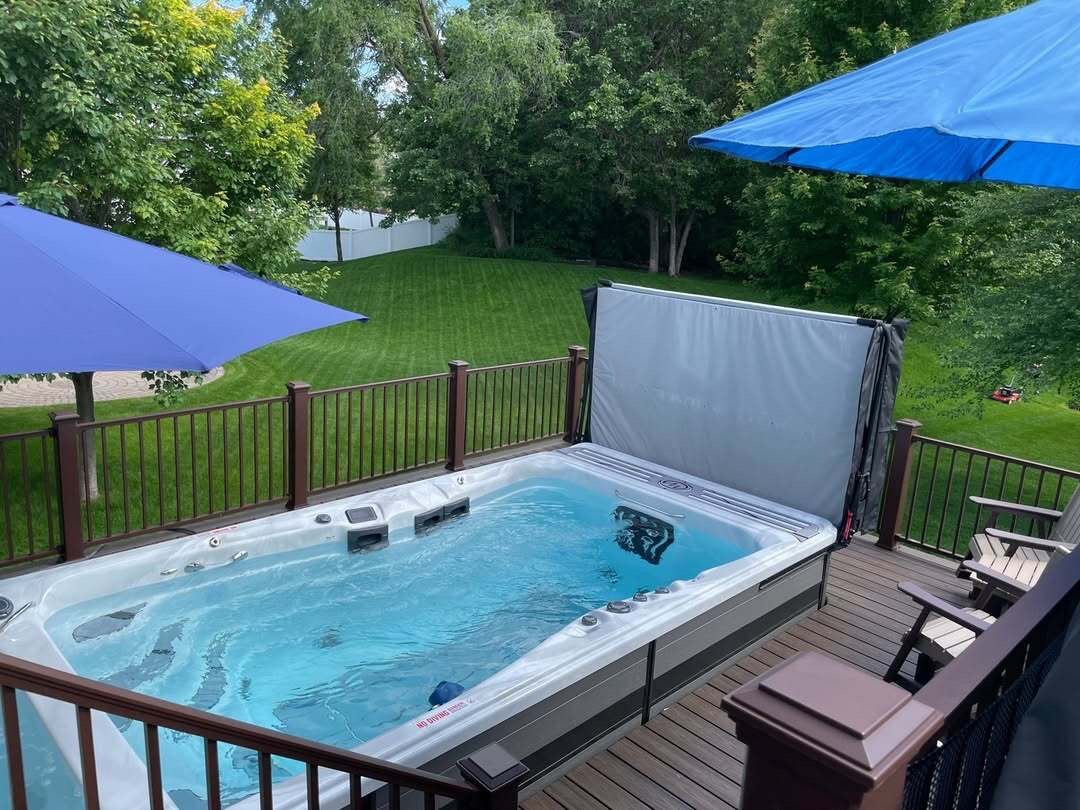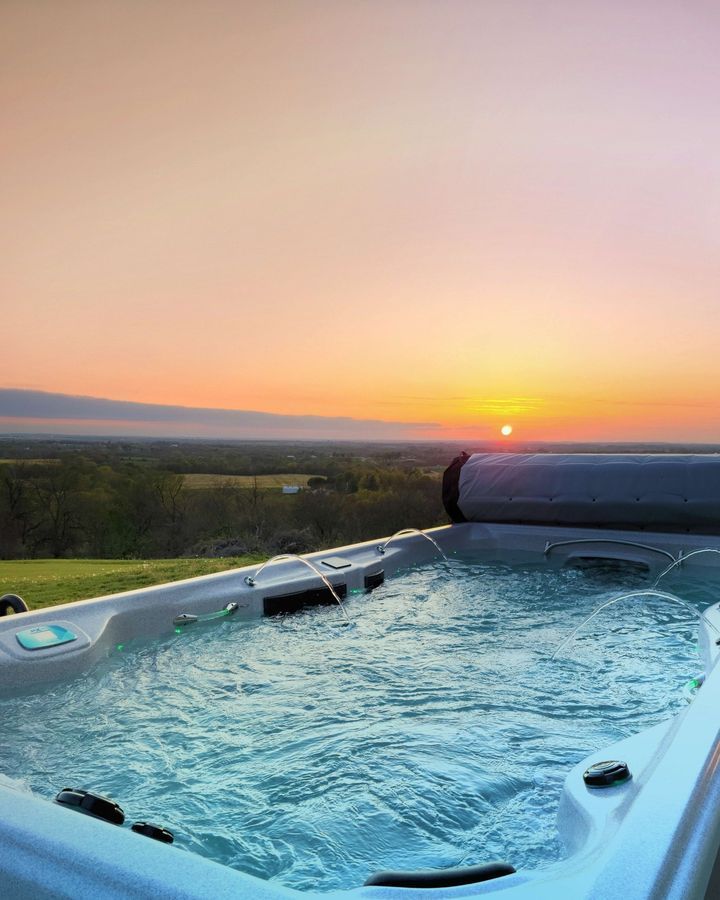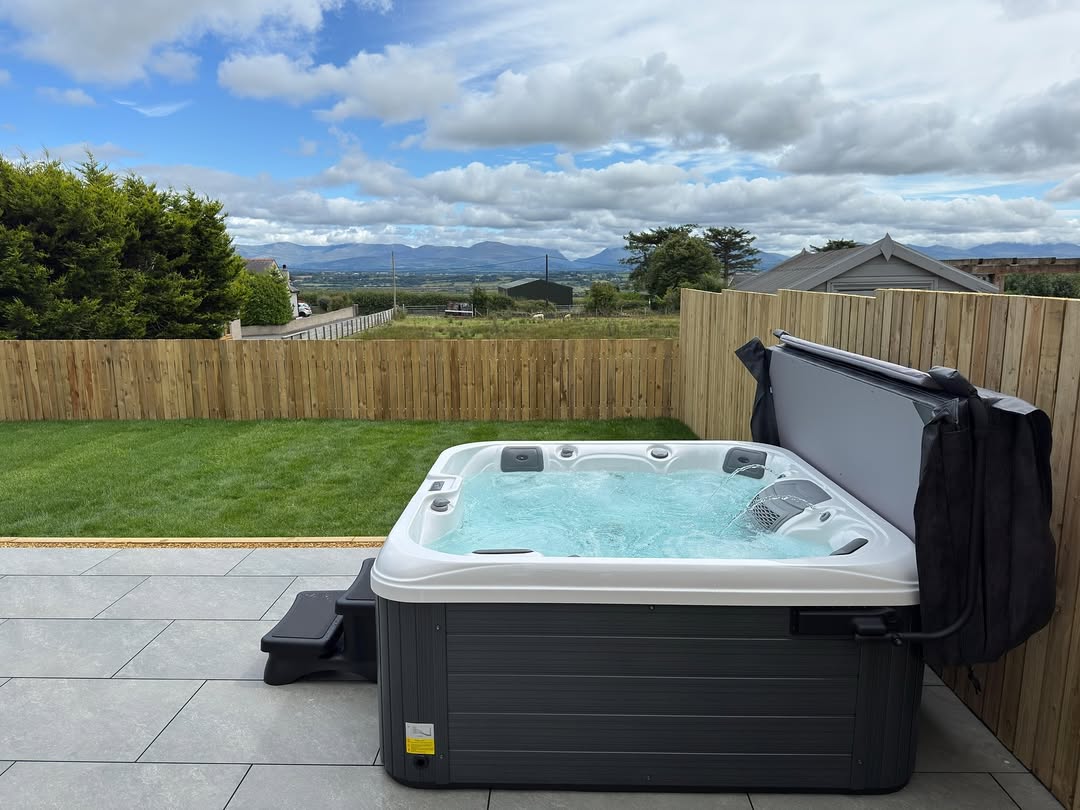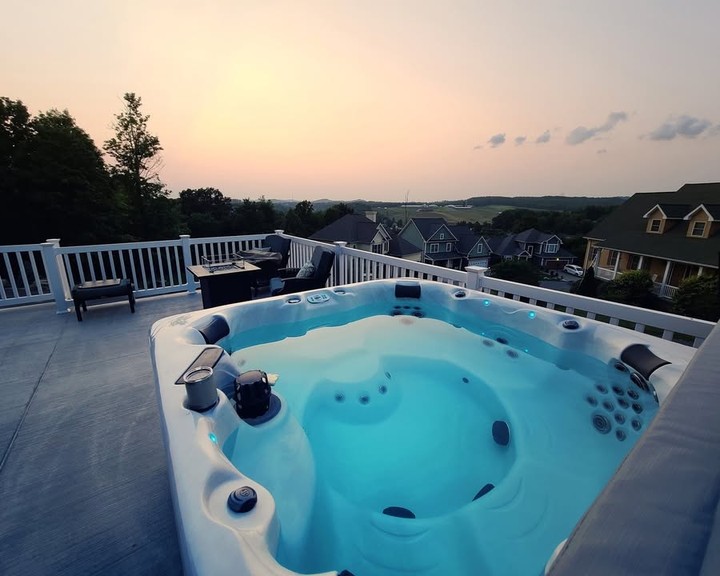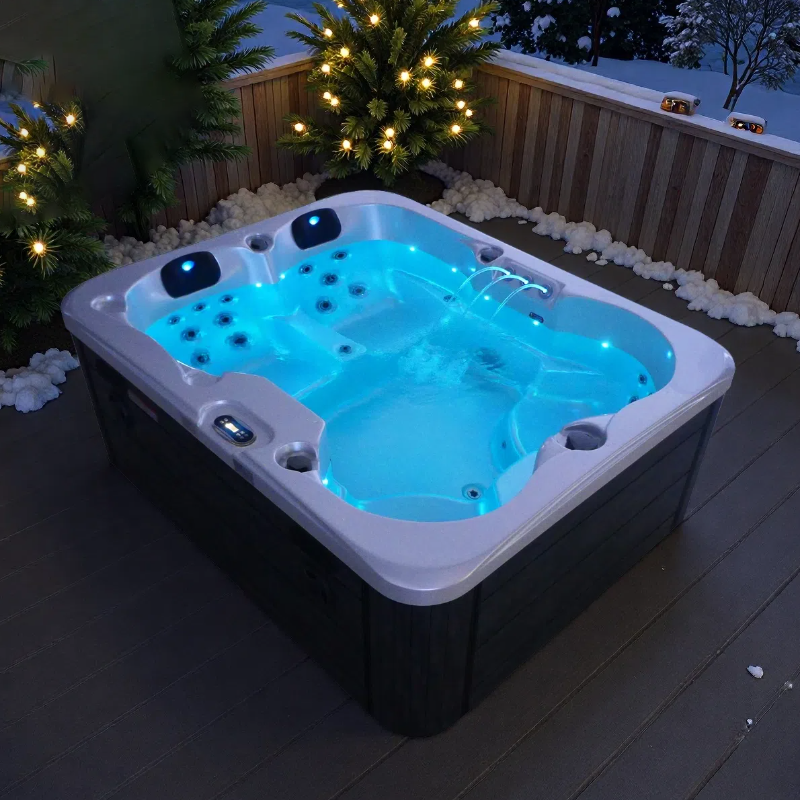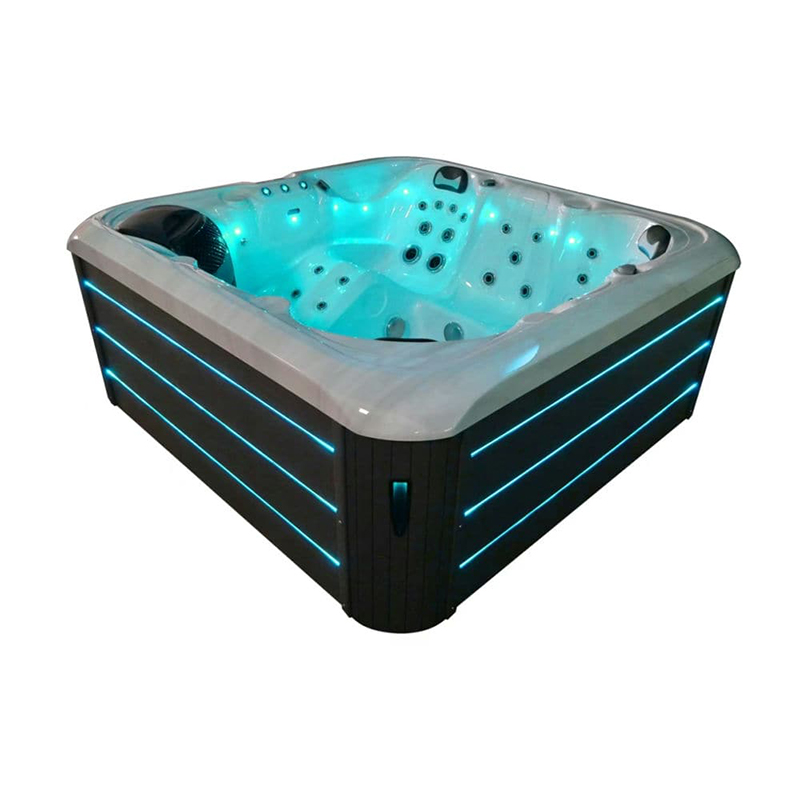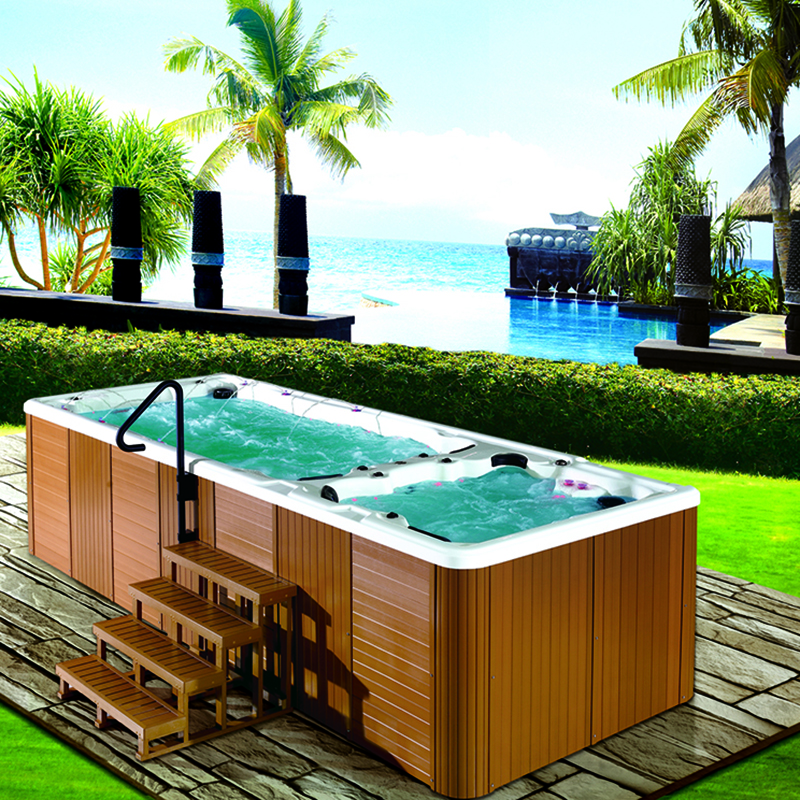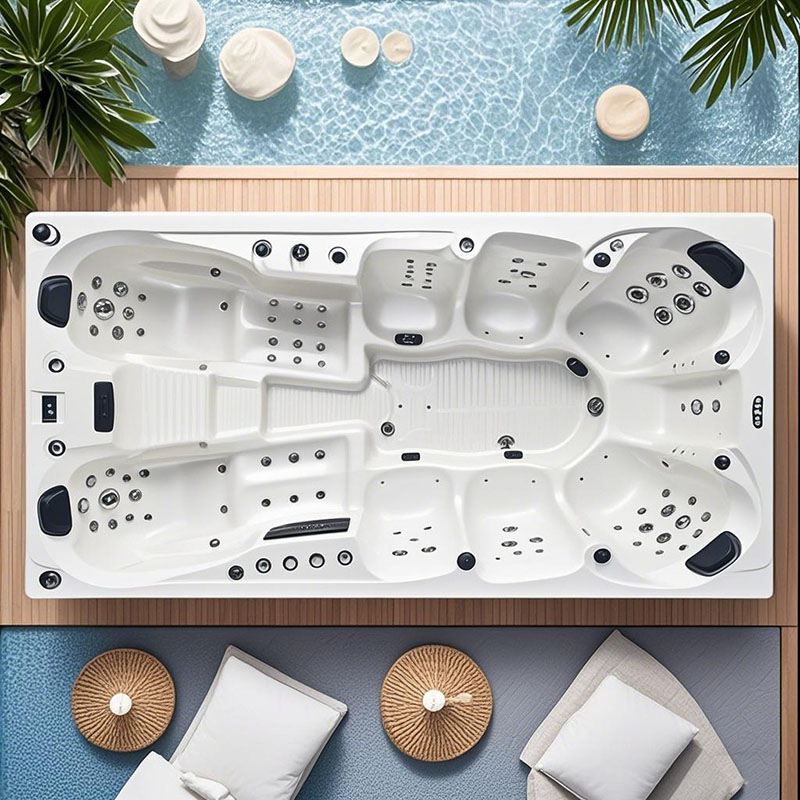Soaking in a hot tub is a great way to relax and relieve stress, but if the water chemistry is off, it can quickly turn into a frustrating and potentially costly experience. One of the most common issues faced by hot tub owners is high alkalinity. When your hot tub’s alkalinity levels exceed the recommended range, it can cause a wide variety of problems, including cloudy water, skin irritation, equipment damage, and reduced effectiveness of sanitizers. However, the good news is that lowering the alkalinity is relatively simple if you follow the right process and use the correct chemicals.
In this guide, we will delve deeper into the science behind alkalinity, explain how to measure it, and provide you with a step-by-step process to safely and effectively lower it. Additionally, we will highlight some of the most common causes of high alkalinity, provide tips on preventing future problems, and answer frequently asked questions about hot tub water chemistry.
By the end of this article, you’ll have all the knowledge you need to maintain the perfect balance in your hot tub, ensuring it stays clean, safe, and enjoyable for every soak.
Key Takeaways:
- The ideal alkalinity range for a hot tub is 80-120 ppm.
- High alkalinity can lead to cloudy water, skin irritation, and equipment damage.
- Sodium bisulfate (pH decreaser) is the best chemical for safely lowering alkalinity in hot tubs.
- Regular testing of your hot tub’s water chemistry is crucial for maintaining proper balance.
- Always make gradual adjustments to avoid overcorrection and keep your hot tub’s water healthy.
1. Understanding Alkalinity in Hot Tubs
Before we dive into the methods for lowering alkalinity, it’s important to understand what alkalinity is and why it plays such a crucial role in hot tub water chemistry. Alkalinity refers to the water’s ability to resist changes in pH, essentially acting as a buffer. It helps neutralize acids in the water, preventing the pH from fluctuating dramatically.
The relationship between pH and alkalinity can be a bit confusing. In simple terms, pH measures the acidity or alkalinity of the water, with the ideal range for a hot tub being between 7.2 and 7.8. Alkalinity, on the other hand, measures the water’s buffering capacity—the higher the alkalinity, the less likely the pH will fluctuate. When alkalinity is within the optimal range (80-120 ppm), the pH remains stable, and chemicals like chlorine or bromine work effectively to sanitize the water.
However, when alkalinity levels are too high, it can lead to the following issues:
- Unstable pH levels, causing the water to become too basic (high pH) or acidic (low pH).
- Ineffective sanitization, which can lead to bacterial growth and algae.
- Scaling and corrosion on your equipment and pipes.
Thus, maintaining the right alkalinity is crucial for not only the effectiveness of your sanitizer but also for protecting your hot tub’s equipment and ensuring a comfortable soak.
2. The Problems Caused by High Alkalinity
When the alkalinity in your hot tub rises above the 120 ppm threshold, the consequences can be immediate and long-lasting. These include:
1. Equipment Damage and Scaling
High alkalinity can lead to the formation of calcium carbonate scale, which is a white, chalky substance that can build up on your hot tub’s surfaces and internal components. This scaling can:
- Block the jets, reducing the flow of water.
- Interfere with heating efficiency, forcing the heater to work harder.
- Cause permanent damage to heating elements and pumps.
This buildup of scale also affects the filtration system, as it can clog the filters, requiring more frequent cleaning or even replacement.
In addition to scaling, corrosion becomes a concern. The high alkalinity can accelerate the degradation of metal components, such as the heater and plumbing connections. This not only shortens the lifespan of your hot tub but may also void manufacturer warranties.
2. Water Quality Issues
High alkalinity negatively impacts water quality. When alkalinity levels rise too much, it can cause the water to become cloudy y foamy. Additionally, the water may take on a greenish tint, which is both unsightly and indicative of underlying chemical imbalances.
The higher alkalinity also affects the sanitizer effectiveness. Chlorine and bromine lose their ability to disinfect properly when alkalinity is too high. This leads to:
- Increased chemical consumption to maintain sanitization levels.
- A greater likelihood of bacteria and algae growth.
- Skin and eye irritation for bathers.
3. Skin and Eye Irritation
When the alkalinity is high, the water’s pH is often too high as well, which can lead to discomfort during and after soaking. Some common effects of high alkalinity on bathers include:
- Dry, itchy skin
- Redness and irritation of the eyes
- Burning sensations or discomfort
Sensitive skin, especially for children and elderly individuals, can be especially prone to these issues. Long-term exposure to unbalanced water can also exacerbate skin conditions and lead to infections.
3. How to Test Alkalinity in Your Hot Tub
Testing alkalinity is a fundamental step in maintaining balanced water chemistry. Without regular testing, you cannot know the exact levels of alkalinity, which could result in overcorrection or missed adjustments. Here are the most common methods to test alkalinity in your hot tub:
1. Test Strips
Test strips are the most convenient and cost-effective way to test alkalinity. These strips usually test for multiple water parameters, including pH and alkalinity. To use them:
- Dip the strip fully into the water, ensuring it is submerged for the recommended amount of time.
- Remove the strip and compare the colors to the chart that comes with the test kit.
Pro Tip: Test strips are quick and easy but may not offer the precision of other testing methods.
2. Electronic pH Meters
If you want more accurate readings, consider using an electronic pH meter. These meters provide digital readings of alkalinity and pH with minimal room for error. They require calibration and maintenance but are the best option for serious hot tub owners who want to track their water quality precisely.
3. Liquid Test Kits
For even more accuracy, liquid test kits can provide the most reliable readings. These kits usually involve adding a few drops of reagent to a water sample, which changes color according to the alkalinity level.
4. Step-by-Step Guide to Lower Alkalinity
Lowering alkalinity requires the right approach to avoid overcorrecting and causing further issues. Here’s how you can effectively reduce alkalinity levels in your hot tub:
1. Calculate Your Hot Tub’s Volume
Accurate chemical dosing starts with knowing the water volume. Hot tub sizes vary, so it’s important to check your owner’s manual or use a simple formula to calculate your hot tub’s total gallon capacity:
- For rectangular or square tubs: Length x Width x Depth x 7.5 = Total Gallons
2. Add pH Decreaser (Sodium Bisulfate)
Sodium bisulfate is the safest and most effective chemical for lowering alkalinity in your hot tub. To use it:
- Dissolve the powder in a clean cup of hot tub water before adding it to the tub.
- Slowly pour the dissolved solution around the perimeter of the tub while the jets are running at high speed to ensure even distribution.
- Wait 20-30 minutes with the cover off to let the chemical vapors dissipate safely.
3. Circulate and Retest
After adding the chemical, allow the water to circulate for at least 20-30 minutes. Wait 4-6 hours before retesting to ensure the alkalinity has settled and to avoid overcorrecting. Repeat the process if necessary, but always make adjustments gradually.
4. Gradual Adjustments
Avoid making large changes to your alkalinity in one go. Gradual adjustments allow you to monitor the effects and ensure that the water remains balanced.
5. Common Causes of High Alkalinity in Hot Tubs
Knowing the causes of high alkalinity helps prevent future problems. Common factors include:
- Chemical Overuse: Excessive use of alkaline products such as pH increasers or shock treatments can push alkalinity levels too high.
- Hard Water: High mineral content in your water can naturally raise alkalinity.
- Infrequent Water Changes: Over time, dissolved solids accumulate in the water, leading to imbalances.
- Environmental Factors: Rainstorms or nearby pollution can introduce alkalinity-raising substances into the water.
6. Preventing Future Alkalinity Issues
To keep your hot tub’s alkalinity in check:
- Weekly Testing: Make it a habit to test the water weekly for alkalinity and pH.
- Proper Chemical Use: Always follow the recommended dosing instructions on chemicals.
- Pre-filters: Use a pre-filter when filling your tub with hard water to reduce mineral buildup.
- Shower Before Soaking: Encourage bathers to shower to remove body oils and lotions that can affect water chemistry.
7. FAQs
1. Can Baking Soda Lower Alkalinity?
No, baking soda increases alkalinity, not decreases it. Use a pH decreaser designed for hot tubs instead.
2. Can Muriatic Acid Be Used to Lower Alkalinity?
Muriatic acid is not recommended for hot tubs, as it can damage surfaces and release harmful fumes. Stick to sodium bisulfate for safe and controlled reductions.
3. How Can I Lower Alkalinity Without Affecting pH?
Lowering alkalinity will usually cause a slight pH drop. To avoid large changes, make small adjustments and retest frequently.
Conclusión
Maintaining the correct alkalinity in your hot tub is essential for preserving both water quality and equipment longevity. By regularly testing your water, understanding the causes of high alkalinity, and using the correct chemicals to lower it, you can ensure that your hot tub remains a safe and relaxing place. With a little knowledge and some basic maintenance, you’ll be able to enjoy clean, clear water and avoid costly repairs for years to come.

